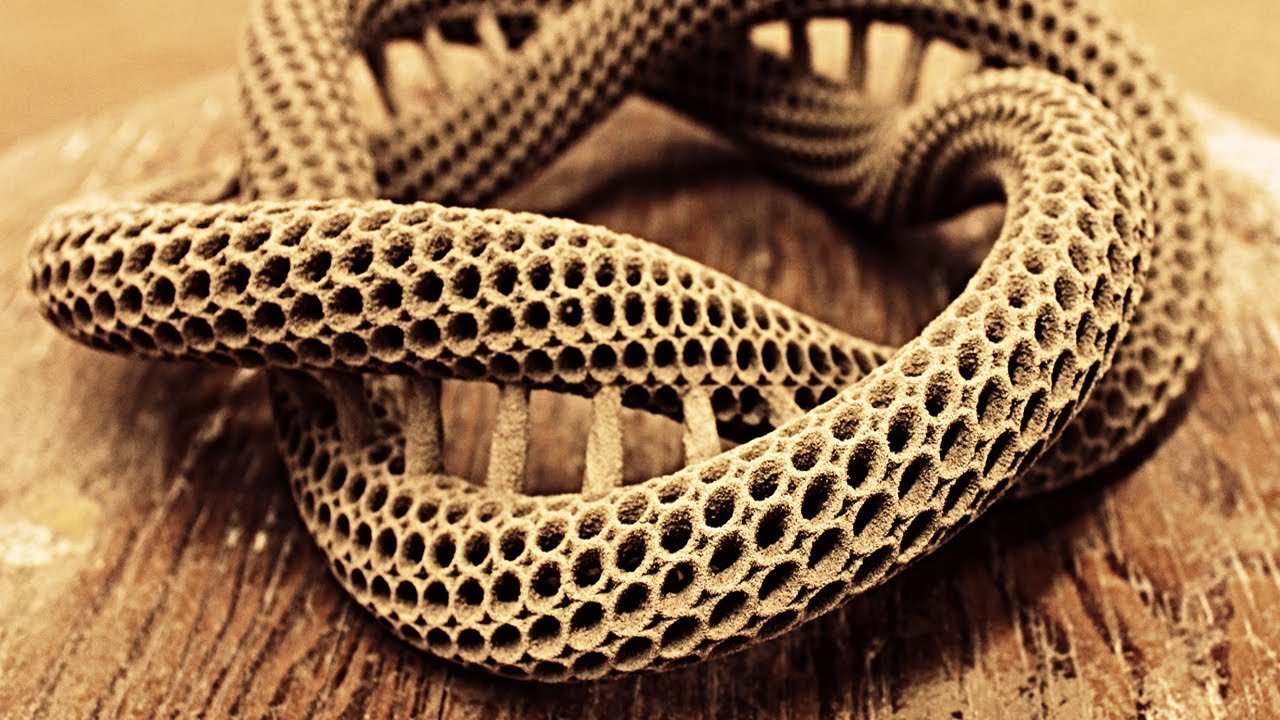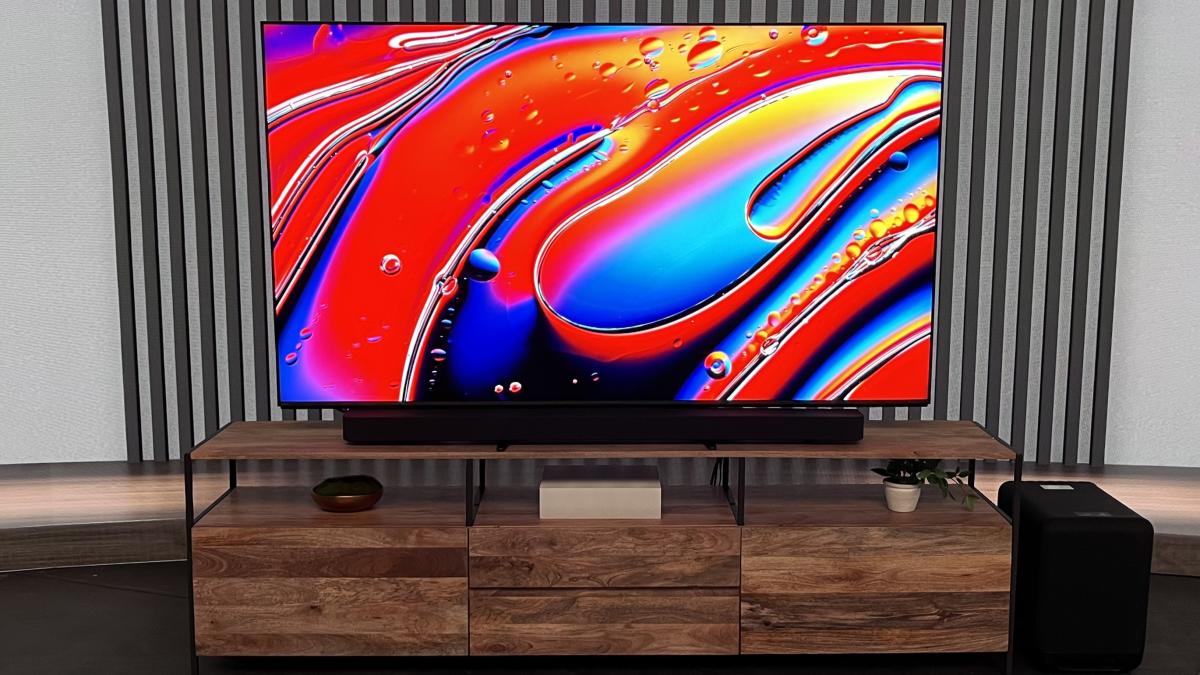Researchers have found that using 3D printing technology; flawlessly durable ceramics can be created in different shapes, including honeycombs and spirals. They further added that these materials can be used in microscopic devices and hypersonic aircraft.
Ceramics are very useful and are known for their hardness, resistance to extreme heat, abrasion and corrosion and high strength.
The only drawback is that unlike plastics and metals, ceramics cannot be poured easily into moulds or be morphed into complex shapes. 3D printing is one such technology that can turn ceramics to complex shapes. Usually, a 3D printer deposits layers of materials and lay down ink for building 3D objects, after which ultraviolet light is used for solidifying the printed object.
Since ceramics melts at extremely high temperatures, 3D printers find it difficult to fuse the particles together. Few 3D printing techniques developed by researchers for ceramics, are very slow and increase the tendency of ceramics to crack.
A materials scientist at HRL Labs, Tobias Schadler states that 3D printing is a new and important capability, but the printable materials aren’t high-performance engineering ones. They wanted to figure out 3D printing of high-strength and high-temperature ceramics.
3D-printed ceramic cork screw / Image: HRL Laboratories, LLCNow, a new method has been developed by Schaedler and his colleagues for quickly 3D printing ceramics with resin instead of powder. The result is flawless, strong ceramics with complex shapes. It started with a vat of resin containing oxygen, carbon and silicon. UV light beams were shone onto this resin, after which it hardened.
In just 60 seconds, an item having 0.5 to 1-inch thickness is formed, with a honeycomb or lattice shape. Then, these objects are heated by researchers for converting the material to silicon oxy-carbide ceramic.
Compared to older 3-D printing methods, this method is 1000 times faster, say researchers. Moreover, no surface cracks or porosity was detected, which proved that silicon carbide materials are ten times stronger as compared to other ceramic foams.
This technology can be used in a variety of applications right from large components to hypersonic vehicles and jet engines. Schaedler added that since ceramics is brittle, they are working towards the reinforcement of ceramics with fiber.
It might take some time for these ceramics to reach the market. Since they are in a discovery phase, it might take around five more years.








